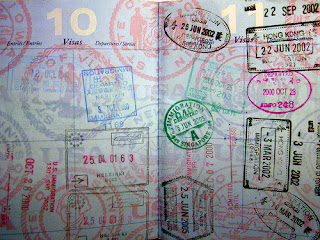One of
Costa Concordia’s cruise ships hit a rock near Italian coasts on January 13,
2012, leading to the sinking of the ship, and the death of a dozen of
passengers. A mock briefing was organized to address the crisis only a couple
days after the accident happened.
The main
difficulty in responding to this issue was to take into consideration the
timeline as the group chose to held the press briefing a couple days after the
accident. We now have many more information about it. The group did well in
choosing to reinforce the notion of safety of its ships, especially because its
reputation as a safe cruise company would be heavily damaged after this
episode.
The
accident, even a few days after it happened, was so important and dramatic that
the company’s reputation would have been destroyed in any case. It’d take more
than a press briefing to rebuild it. Despite all these difficulties, the group
managed well its message and stuck to it.
They were also well prepared to respond to any kind of questions, even recurring
ones.
Given the
extent of the situation, it was smart to include people from the cruise
company, Carnival Corporation, but also from the training program, CSMART, to reinsure
that every level of security is included and working on it.
Overall, how the group addressed the situation at the press briefing was the best way to handle
the situation only two days after the tragic event. The media coverage of the
accident in Europe was so huge, as well as the search for other survivors was such a mess,
that it was impossible to handle it without a hitch.





